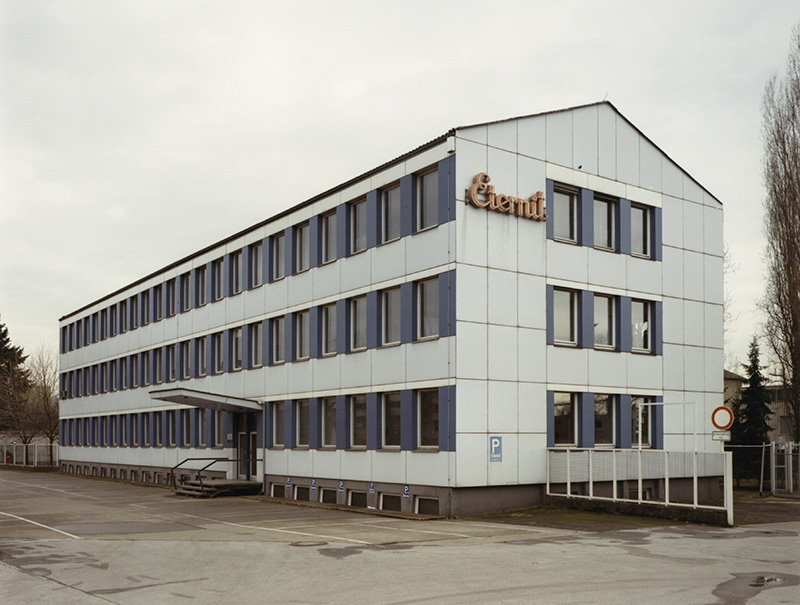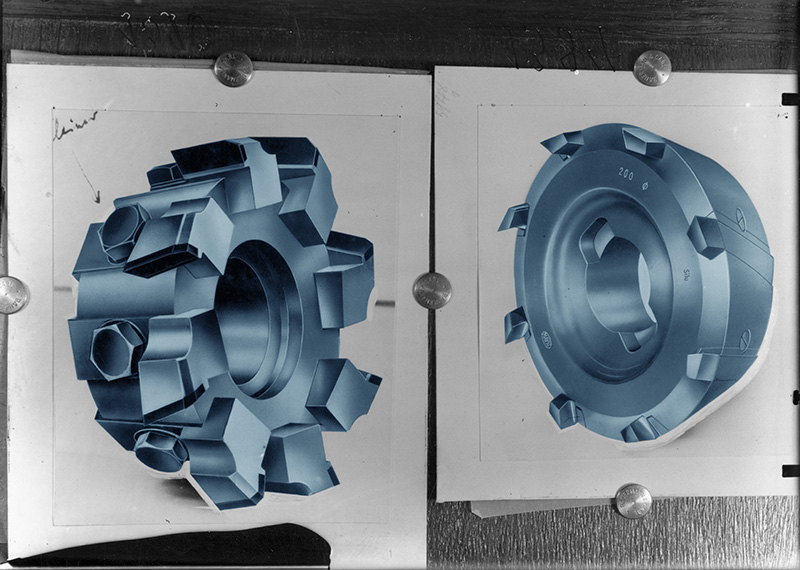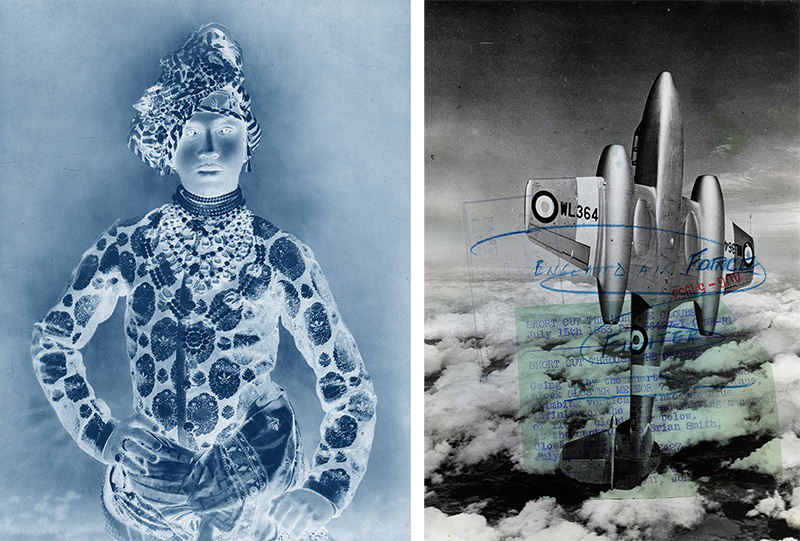PHOTO:Thomas Ruff
 Thomas Ruff has fundamentally changed our relationship to the photographic image, moving it beyond reactionary ideas of documentation and supposed “truth” towards a more conceptual, fluid interplay in which the nature of what is perceived as a mere construction of reality is brought into painterly focus. Along with Andreas Gursky and Thomas Struth, Ruff studied photography with Bernd and Hilla Becher at the Kunstakademie Düsseldorf.
Thomas Ruff has fundamentally changed our relationship to the photographic image, moving it beyond reactionary ideas of documentation and supposed “truth” towards a more conceptual, fluid interplay in which the nature of what is perceived as a mere construction of reality is brought into painterly focus. Along with Andreas Gursky and Thomas Struth, Ruff studied photography with Bernd and Hilla Becher at the Kunstakademie Düsseldorf.
By Dimiris Lempesis
Photo: Whitechapel Gallery Archive
The first major London retrospective of Thomas Ruff entitled “Photographs 1979-2017” that is on presentation at Whitechapel Gallery, draws from the full range of Ruff’s output, from his first series “Interieurs” to latest “press++”. His first series “Interieurs” comprised views of domestic settings. Ruff was concerned with capturing an ‘essence’ of these. It was while working on this series that the artist developed an interest in portrait photography. He asked friends and acquaintances to sit for him and photographed them all under the same conditions. L’Empereur” is a sequence of eight images which depict the artist in a range of exaggerated slumped poses with two chairs and a yellow floor lamp. Made while the artist was in Paris, Ruff turns the camera on himself and acts as a prop in a narrative still life. He later revisited the genre of portraiture experimenting with swapping the subjects’ eye colours in “Porträts”. His particular approach to photographing architecture led to a commission in 1990 by the Swiss-based architecture firm Herzog & de Meuron for their representation in the Venice Architecture Biennale. In this instance Ruff employed image manipulation, something that he had avoided in “Porträts”, in order to allow a greater clarity of composition. His collaboration with the architects extended to his involvement in the design for the façade of the library for the Fachhochschule Eberswalde using newspaper photographs from the series of the same name. He was given a further commission in 1998 to photograph buildings designed by Ludwig Mies van der Rohe in the ‘20s and ‘30s. This challenge prompted Ruff to subject the photographs that formed the series “l.m.v.d.r.” to a series of manipulations. At the same time Ruff decided to use visual material from other sources. A childhood interest in astronomy prompted a desire to make photographs of the night sky. He overcame this technical limitation by buying copies of 600 negatives that were held in archive of the European Southern Observatory. He used these negatives as a type of source material, selecting small sections of the negative and reproducing them in large format. With “Zeitungsfotos” Ruff continued his use of found source material by using newspaper photographs that he had collected from the German press over several years. He chose to re-photograph and enlarge the images, isolating them from their accompanying text, and framing them as image in their own right. In “Nudes” the artist draws together every type of image manipulation that Ruff has, thus far, experimented with. He accessed images via the internet and used them as the basis for departure in this series. In the series “Photograms” Ruff collaborated with a 3-D imaging expert to design a virtual darkroom that would enable him to experiment with an infinite range of forms. Unbeholden to objects present, like the scissors, ribbons, and paperclips of Moholy-Nagy’s photograms, he is able to specify the size, material, color, and transparency of new digital matter. “jpeg” focuses on the deconstruction of digital images, but the structure of the images is another element in this series. Making use of the format’s special characteristics (compressing an image too much causes block noise, etc.), Ruff gives visual a form to the structure of the images. The series “zycles” is based on the artist’s interest in mathematics and physics. Inspired by diagrams of magnetic fields in the British physicist James Clerk Maxwell’s (1831-1879) study of electromagnetism, Ruff reproduced linear forms based on various mathematical formulas using a 3D computer program and restructured them in a digital space.
Info: Curator: Iwona Blazwick, Assistant Curator: Cameron Foote, Whitechapel Gallery, 77-82 Whitechapel High St, London, Duration: 27/9/17-21/1/18, Days & Hours: tue-Wed & Fri-Sun 11:00-18:00, Thu 11:00-21:00, www.whitechapelgallery.org







